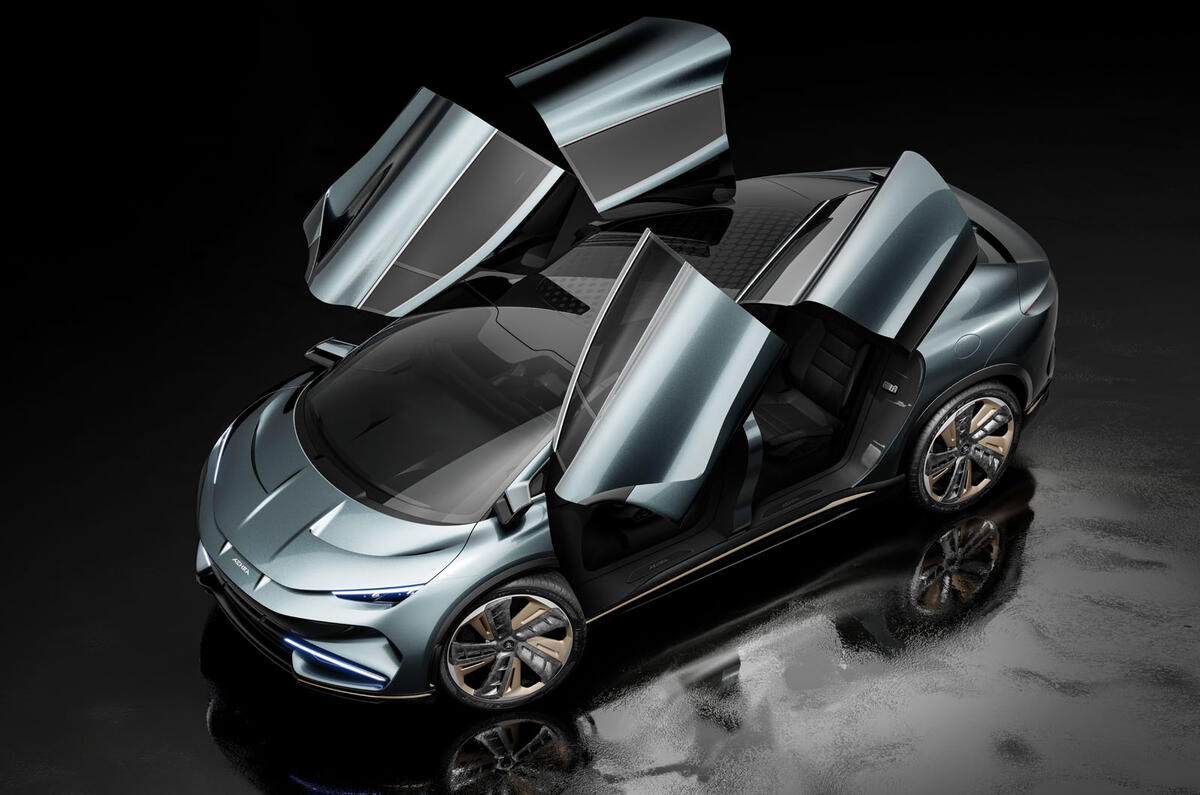It is generally accepted that Italian sports cars are louder, more outlandishly designed and all-round more flamboyant than their contemporaries from overseas.
It follows that the leaders of their makers have often been charismatic – maybe even dogmatic – enough to have attracted cult followings in their own right.







Add your comment